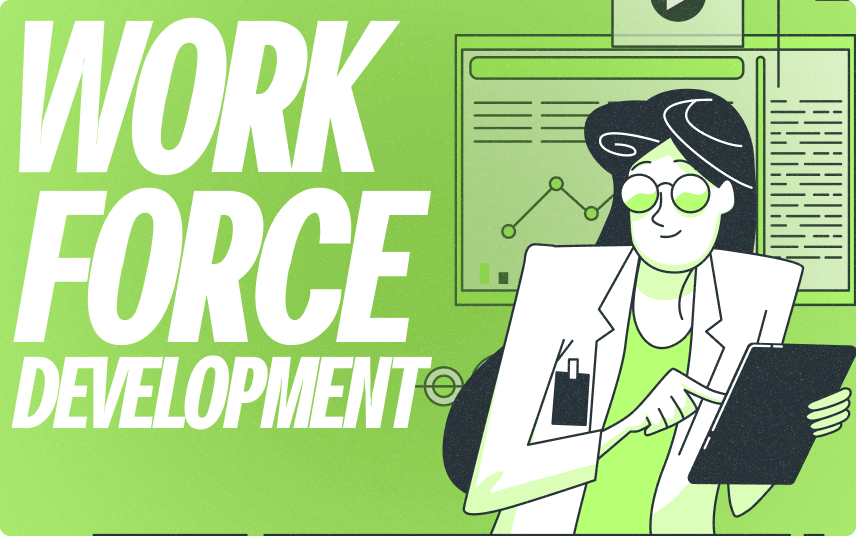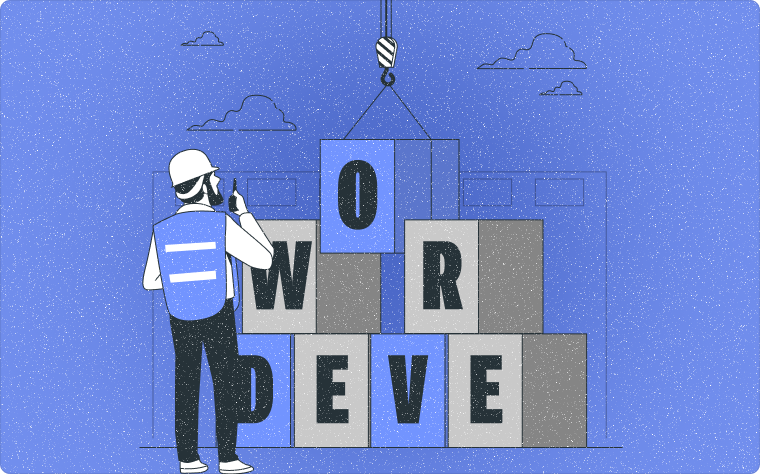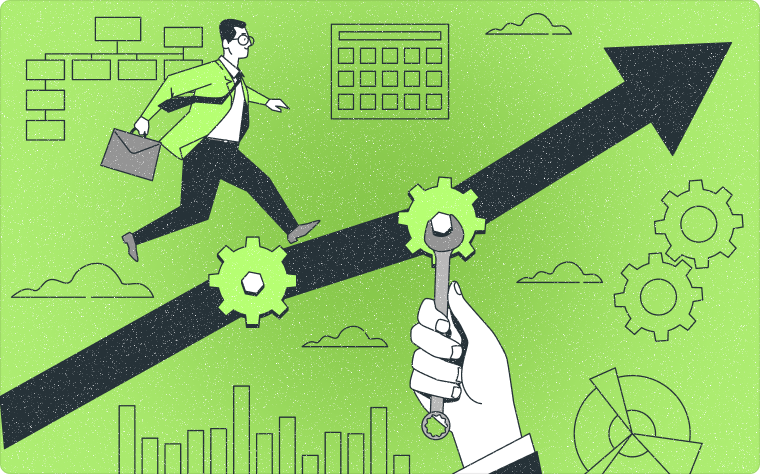What is Workforce Development?

Workforce development is a term used to describe the process of empowering individuals to acquire the skills and knowledge necessary to succeed in the workforce. It encompasses a range of programs, policies, and initiatives aimed at developing a skilled and competitive workforce.
Workforce development is crucial for both individuals and society as a whole. It helps individuals to obtain gainful employment, advance in their careers, and contribute to the economy. For society, it leads to a higher employment rate, increased economic growth, and a more skilled and productive workforce.
Some of the key benefits of workforce development include:
The key components of workforce development include:
These components work together to create a comprehensive approach to workforce development.
There are several types of workforce development programs, including:
These programs cater to individuals with different skill levels and can be tailored to specific industries and occupations.
Employers play a crucial role in supporting workforce development. They can do so by offering training and development opportunities, creating a diverse and inclusive workplace, providing career advancement opportunities, and partnering with workforce development organizations. This not only benefits the individual employees but also leads to a stronger and more competitive workforce.
What is Workforce Development?
Workforce development is the process of implementing programs and initiatives that aim to improve workers’ skills, knowledge, and abilities to meet the evolving demands of different industries.
Get more out of your business
Get the best employee engagement content every week via mailing list
Why is Workforce Development Important?
Workforce development is crucial for economic growth, improved productivity, and a competitive workforce. Investing in skill training and education enhances employability, boosts innovation, and fosters a thriving economy. Through workforce development, individuals gain the expertise required for diverse industries, stimulating economic progress and reducing unemployment rates.
What are the Benefits of Workforce Development?
The advantages of workforce development are numerous, including:
By investing in workforce development programs, companies can cultivate a skilled and motivated workforce, resulting in greater productivity and innovation. Furthermore, such programs foster a culture of ongoing learning and adaptability, which is crucial in today’s ever-changing business environment.
To fully reap the benefits of workforce development, companies should:

What are the Key Components of Workforce Development?
Workforce development is a multifaceted concept that encompasses various strategies and initiatives aimed at improving the skills, employability, and diversity of the workforce. In this section, we will explore the key components of workforce development, including training and education, career planning and development, job placement and retention, and workforce diversity and inclusion. By understanding these essential elements, we can gain a comprehensive understanding of what workforce development entails and its significance in today’s rapidly evolving job market.
1. Training and Education
When focusing on training and education, it’s essential to follow these steps:
Employers should prioritize creating a culture of learning, offering diverse training opportunities, and supporting ongoing education for workforce growth.
2. Career Planning and Development
3. Job Placement and Retention
4. Workforce Diversity and Inclusion
Fostering workforce diversity and inclusion is crucial for promoting innovation, creativity, and a positive work environment. Employers should actively prioritize diversity through fair recruitment practices, policies, and inclusive initiatives. Encouraging diverse perspectives and experiences can greatly enhance problem-solving and decision-making within teams.
Pro-tip: To cultivate a culture of inclusion, consider organizing diversity training sessions and establishing employee resource groups to champion diversity and inclusivity.

What are the Different Types of Workforce Development Programs?
Workforce development programs are designed to provide individuals with the skills and knowledge needed to succeed in the job market. These programs can take many forms, each catering to a specific need or goal. In this section, we will discuss the different types of workforce development programs available. From apprenticeships and vocational training to on-the-job training and professional development, each program offers a unique approach to preparing individuals for the workforce. Let’s dive into the various options and see how they can benefit individuals looking to advance their careers.
1. Apprenticeships
Apprenticeships are a valuable pathway for developing skills and entering a career. Here’s how to engage in apprenticeships:
True story: John secured an apprenticeship in carpentry, learning from experienced professionals and gaining hands-on experience, which ultimately led to a successful career as a master carpenter.
2. Vocational Training
Vocational training is a crucial aspect of workforce development as it equips individuals with practical skills and knowledge necessary for various professions. Here are some key steps in vocational training:
Employers can also support vocational training by collaborating with educational institutions and providing internships for practical exposure.
3. On-the-Job Training
4. Professional Development
Professional development is essential for both employee growth and organizational success. Here are the steps to support professional development:
Encouraging professional development not only fosters a skilled workforce but also boosts employee morale. Learn more about what is Workforce Development.

How Can Employers Support Workforce Development?
As businesses continue to evolve and adapt to changing markets and technologies, it is crucial for employers to prioritize workforce development. This section will explore some key ways in which employers can support the growth and development of their employees. From offering training and development opportunities to creating a diverse and inclusive workplace, we’ll discuss the various ways in which employers can invest in their workforce. Additionally, we’ll also look at the benefits of partnering with workforce development organizations to further support employee growth and career advancement.
1. Offering Training and Development Opportunities
Pro-tip: Regularly assess the training needs of employees and make adjustments to programs in order to align with evolving industry trends and individual growth.
2. Creating a Diverse and Inclusive Workplace
3. Providing Career Advancement Opportunities
Did you know that 87% of millennials consider career development opportunities, such as providing clear criteria, training programs, mentorship opportunities, and feedback mechanisms, crucial to their job satisfaction?
4. Partnering with Workforce Development Organizations
Frequently Asked Questions
How is Workforce Development defined by different stakeholders?
The term is approached differently by various stakeholders, such as educational institutions, social service providers, communities, economic developers, and employers. Dr. Robert Jacobs and Joshua D. Hawley from Ohio State University have developed a comprehensive definition of workforce development, which states that it is the coordination of public and private-sector policies and programs that provide individuals with the opportunity for a sustainable livelihood and help organizations achieve exemplary goals, consistent with the societal context.
What are the 3 types of workforce development programs?
Workforce development programs can be categorized into three perspectives: individual-focused, community-focused, and organizational-focused.
What is the difference between job training and workforce development?
While job training focuses on specific skills needed for a particular job, workforce development takes a broader approach by developing a range of skills and mindsets that can be applied to various roles and situations.
What are the benefits of having a workforce development program?
There are various benefits to having a workforce development program, such as increased employee engagement, improved productivity, and a more resilient and agile workforce.
What are the primary types of workforce development programs?
There are three main types of workforce development programs: leadership development, performance improvement, and well-being and resilience training.


